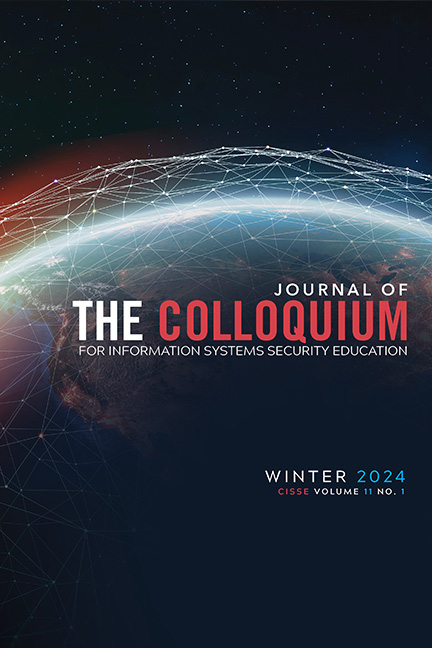Abstract
It has been widely admitted by researchers and educators that hands-on activities are a core component in digital forensics education to help students gain practical skills that are needed in real-world forensic investigations. However, it is not clear in existing works about what kinds of hands-on activities are recommended to be integrated into a digital forensics course and how to design and develop them. In our teaching practice, hands-on activities for a digital forensics course are designed in three categories: 1) activities that assist students in learning how to use common digital forensics tools; 2) activities that help students gain in-depth understanding of the basic concepts and fundamental knowledge that are presented in class lectures; 3) activities that promote students the development of mindsets and data analytical skills that are needed for a digital forensic investigator. Various formats are employed to develop these hands-on exercises in different categories. The educational objectives and student learning outcomes map well to the CAE-CD (Centers of Academic Excellence - Cyber Defense) outcomes by completing their forensic knowledge units. In this paper, we share our idea and experience to design and implement such hands-on assignments in each category for meeting specific educational objectives. Sample exercises are briefly described to explain our idea in each category. Open source tools and data sets are introduced for references. Experiences, lessons, and sample feedback from students are discussed. Our results will provide a point of reference for those who teach digital forensics courses at a college or university, or are developing a digital forensic curriculum.
Open Access License Notice:
This article is © its author(s) and licensed under the Creative Commons Attribution 4.0 International License (CC BY 4.0), regardless of any copyright or pricing statements appearing in the PDF. The PDF reflects formatting used for the print edition and not the current open access licensing policy.

